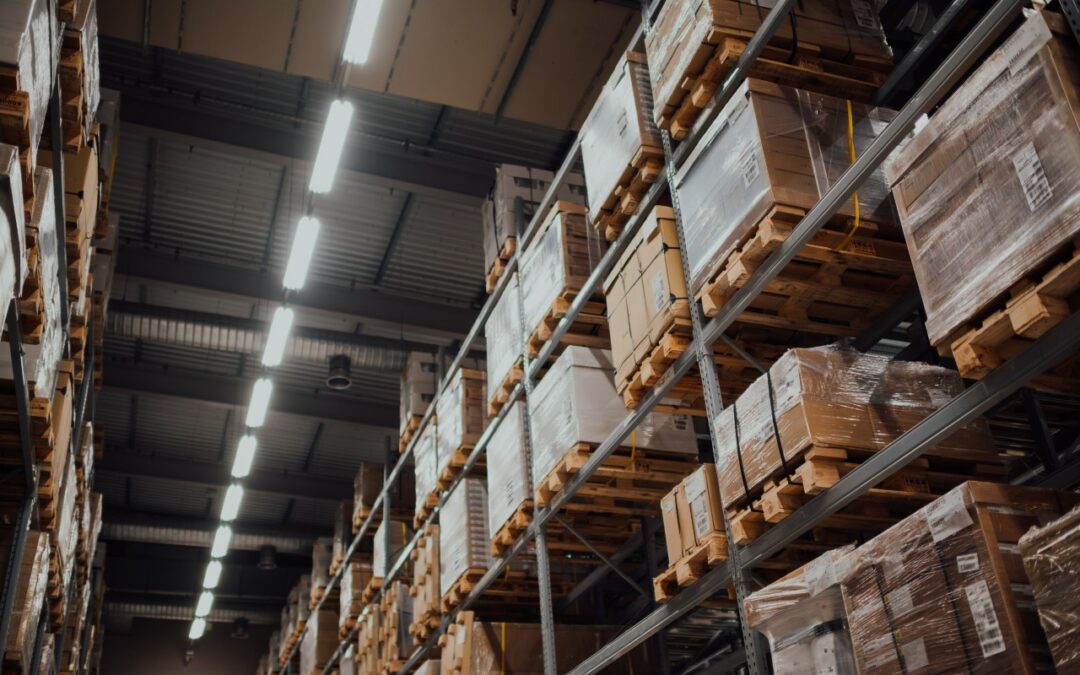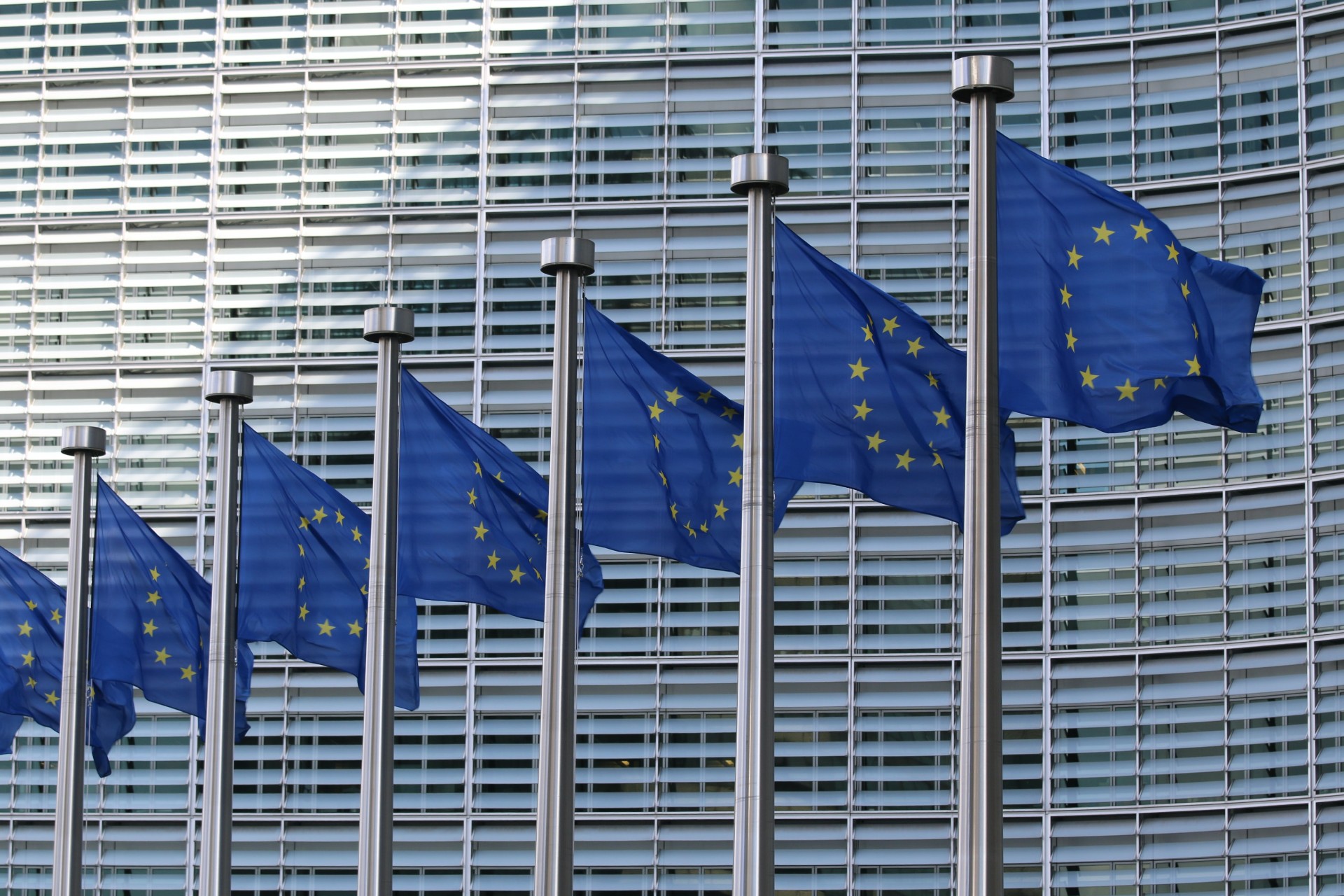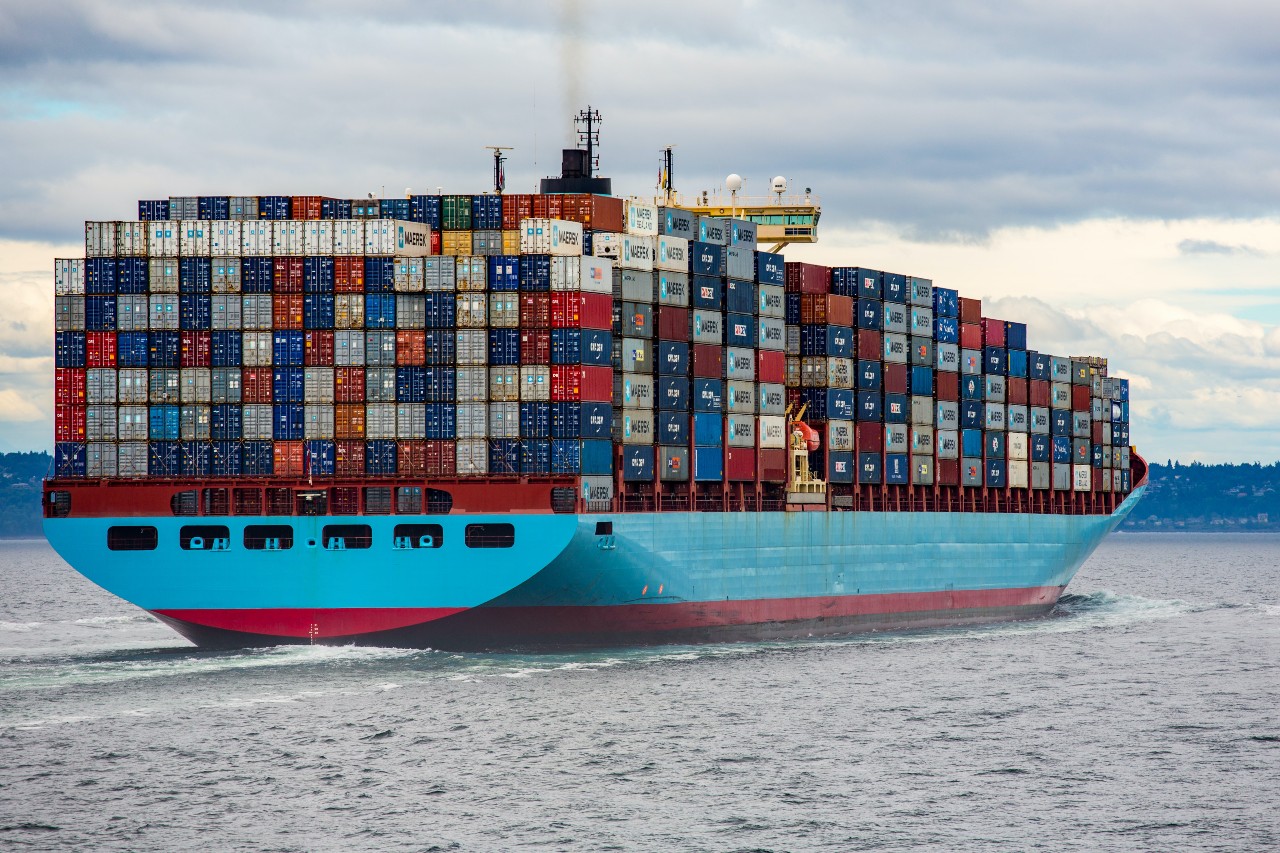What to know about Direct Identification? There are a few different ways that imports and exports can be matched for a duty drawback refund, depending on the specifics of each individual company’s supply chain. Today I want to introduce direct Identification drawback- a method where a claimant must trace products all the way from import through exports and cannot simply substitute similar products on a part number or HTS code.
Direct Identification is required in a few cases. Most prominently, trade agreements such as NAFTA and the U.S.-Chile Free Trade Agreement mandate that any drawback that’s claimed on exports to Chile, Canada, or Mexico must be done with direct identification. Exports to other countries of products whose HTS descriptions are “other-other” must also be done directly, as per the new TFTEA law.
There are a few ways to handle doing direct identification. The most straightforward is simply what’s called a true direct match, wherein a specific lot of products can be identified and tracked through individually identifying marks like a serial number all the way from import through exports. A match can be made showing where a product is imported than exported, and claims can be filed.
However most companies are not able to trace their inventory in that level of detail, so they can use one of the Customs-approved accounting methods available. Different methods can be used to maximize different supply chains, and so having a broker like JM Rodgers that understands the ins and outs can have a big effect on the program.
The first method is accounting for things through the “low-to-high” method. Using this, the merchandise with the lowest duty value per unit is matched to the first exported merchandise. Anyone who wants to do this has to account for all receipts of imported, domestic, and duty-free goods, and then all withdrawals for export. If a product is being sourced domestically and internationally, this can reduce returns, but if it is all imported and is being sold in the US and exported, it can be the most lucrative.
In “first-in-first-out” (FIFO), the first merchandise that is received into inventory is matched to the first merchandise that is withdrawn from inventory. Using this, claimants have to account for all receipts of imported, domestic, and duty-free goods; and then withdrawals for exported and domestic sales. If there are price variations within the purchased goods, using this method makes sure you will not have to necessarily start from the lowest and can maximize returns better than low-to-high.
In “last-in-first-out” (LIFO), the last merchandise that is received into inventory is matched to the first merchandise that is withdrawn from inventory. Much like FIFO, claimants have to account for all receipts of imported, domestic, and duty-free goods; and then withdrawals for exported and domestic sales. LIFO lately has been used extensively for 301 tariffs- because it looks at the last in, and the most recent will be the higher tariffs. Using FIFO, it could reach back to before the 301 tariffs, potentially reducing the refunds.
When pursuing drawback, it’s more important than ever to have a drawback service provider that understands the nuances of drawback law, and what methods can be used to fully maximize your refunds. JM Rodgers is that company, and if you’d like to discuss further how it will fit your company please Contact Us





